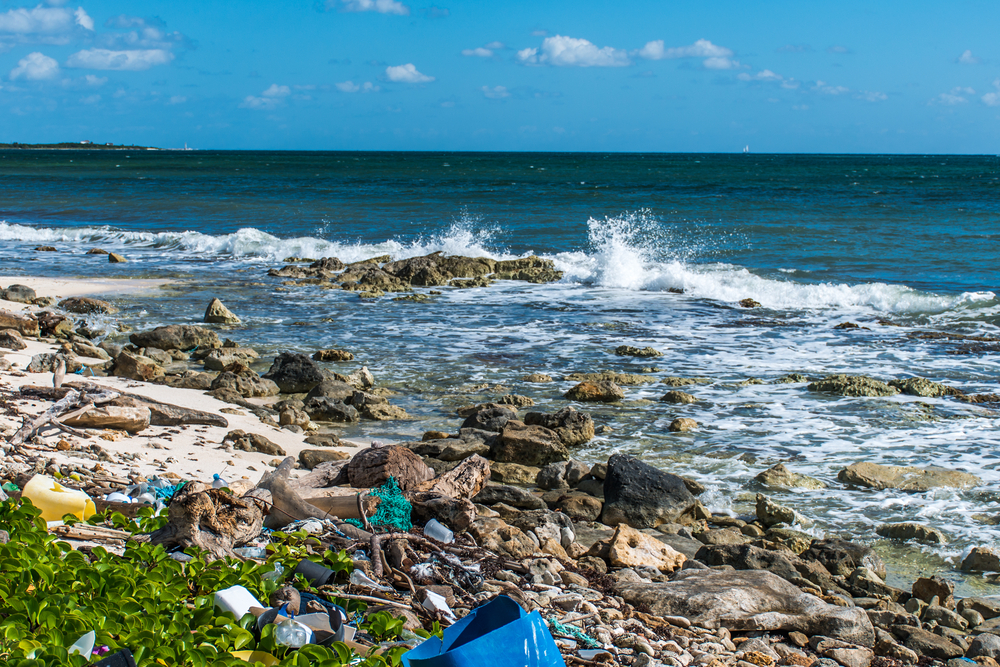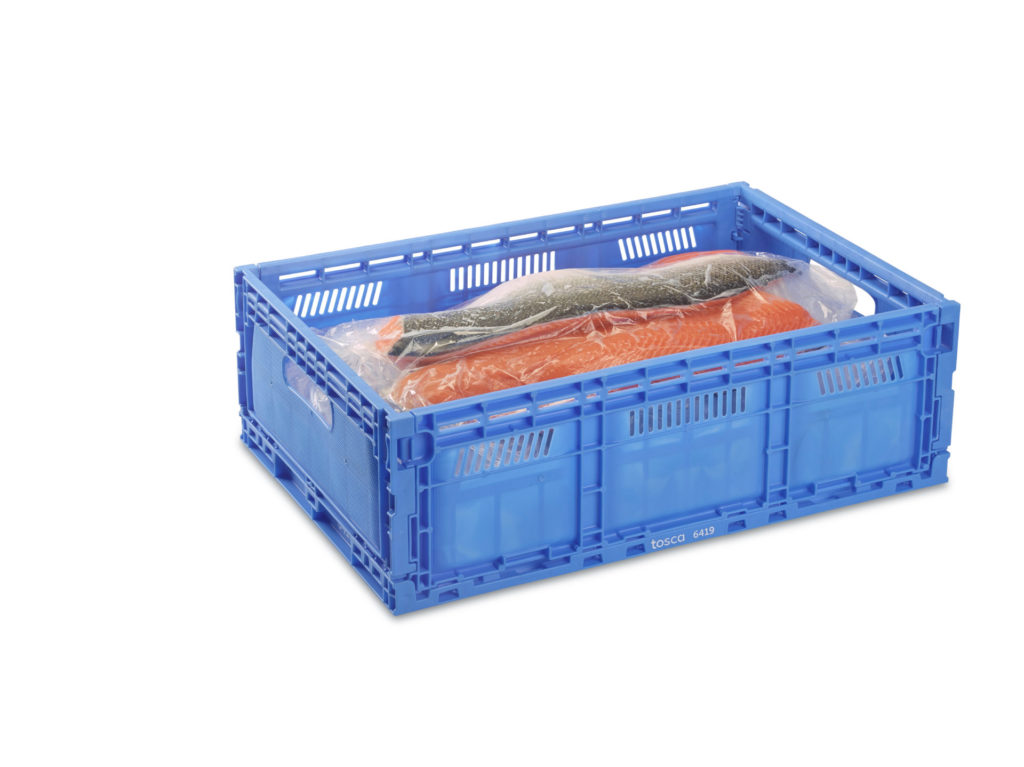Styrofoam® Packaging Becomes the Washed-Up Choice for Shipping Seafood
Expanded polystyrene (EPS) foam packaging, more commonly known to consumers by its brand name, “Styrofoam,” has long been the seafood industry’s go-to transport packaging of choice. Its insulating properties and light weight made it the seemingly ideal transport packaging for seafood.
But a powerful tide has begun to turn against EPS.
Polystyrene foam is undeniably problematic. It’s costly relative to other forms of transport packaging; it remains difficult to recycle; and it’s increasingly the target of social and legislative action as municipalities nationwide move to ban single-use EPS foam.
Blow after blow being struck to Styrofoam transport packaging
It seems everywhere you turn, it’s easy to find a news story or conversation about the failures of EPS. Some of the more common marks against EPS cited by consumers, businesses, health officials, environmentalists, lawmakers and others include:
- Styrofoam packaging ends up in landfills, where it takes hundreds of years to decompose [i]
- Styrofoam packaging requires compaction prior to incineration or repurposing, meaning added equipment, labor and time for businesses [ii]
- Styrofoam packaging is “laborious and economically not feasible” to recycle [iii]
- Styrofoam packaging ends up in our oceans and waterways
- Styrofoam packaging breaks down easily into small fragments, sometimes ending up on the seafood product

Getting in front of the anti-EPS tidal wave
While many trade associations and companies who rely on Styrofoam transport packaging have tried to fight bans, they are fighting a losing battle. EPS foam is now banned by a list of cities and states that grows every day.
Portland, Maine, a seaside city known for a vibrant seafood scene and industry, asserts on its municipal web site that “alternatives to Polystyrene are readily available.” [iv]
New York City banned EPS because it can’t be «recycled in a manner that is economically feasible» or «environmentally effective”. [iv]
Many businesses are now anticipating widespread regulation as their customers demand they use environmentally friendly materials.Large companies are implementing food packaging that can be easily recycled. For example, Dunkin’ eliminated EPS cups in 2018 in favor of a redesigned paper cup. McDonald’s made a similar move, stating a commitment to use renewable or recyclable materials in all packaging by 2025. [iv]
Meet RPCs, a sustainable returnable packaging option
As market dynamics continue to shift, returnable packaging alternatives to Styrofoam are becoming preferred for shipping. Large grocery retailers committed to sustainability, such as New England-based Wegmans, have begun to embrace alternatives. Regarding sustainable packaging specifically, Wegmans says “Our goal is to make sure packaging is functional, performs as expected, and uses materials efficiently and responsibly.” [v]
To that end, Wegmans has adopted a new transport packaging solution within their seafood category using Reusable Plastic Containers (RPCs) from Tosca. “Wegmans is a brand that embraces sustainability, and like every other grocer, also has an obligation to manage operating costs. In talking with them about their desire to reduce waste and lower shipping costs, we identified the enormous amount of EPS containers they use for shipping seafood. Implementing RPCs eliminates one-way packaging, therefore eliminating packaging material waste and eliminating wasted spend on outrageous packaging costs,” explains Jon Kalin, Chief Commercial Officer.
There are many benefits to implementing RPCs in lieu of EPS transport packaging, which is why many top retailers are making the switch. They make a wise choice as a reusable plastic packaging alternative to foam that is quickly failing.
Some of the benefits of RPCs as returnable packaging include:
- RPCs can be reused for years, generating zero waste headed for a landfill
- RPCs are more affordable than Styrofoam containers, offering an estimated 40-50% cost savings for most retailers
- RPCs insulate seafood product well, preserving the cold chain for seafood products
- Unlike Styrofoam packaging, RPCs are foldable, saving valuable space in the warehouse

Implementing reusable plastic containers as a returnable packaging solution has numerous advantages to both the environment and efficient operations. As our world shifts to more sustainable business methods, RPCs will become the norm not only for seafood transport packaging but also in many areas of the supply chain.
Learn about RPCs and how to put them to work in your seafood operations.
To learn more about Tosca’s seafood RPC, click here. Opting for reusable plastic packaging over foam will pay off for years to come. By making the switch to Reusable Plastic Containers as your transport packaging, you’ll drive cost savings and rid your supply chain of single-use Styrofoam containers forever.
[i] https://www.intcorecycling.com/the-seafood-industry-is-a-great-contributor-for-styrofoam-packaging-recycling.html
[ii] https://www.seafish.org/media/Publications/Disposal_eps_fish_boxes_Key_Feature.pdf
[iii] https://www.cbsnews.com/news/styrofoam-ban-states-declare-war-people-think-it-breaks-down/
[iv] https://www.cnn.com/2019/07/01/business/new-york-styrofoam-ban-trnd/index.html


